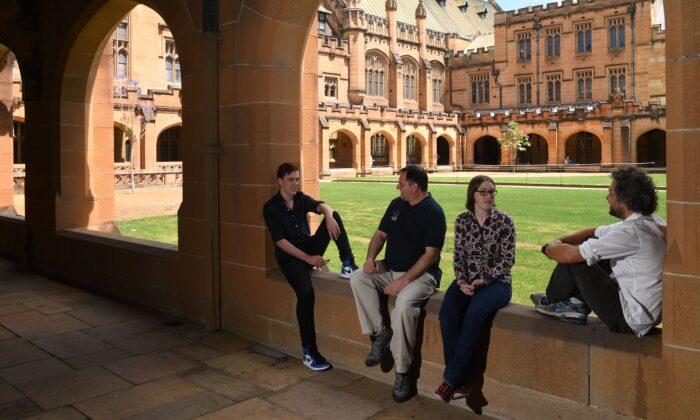“Ladies and gentlemen, I am stepping down as the CEO, effective immediately.”
I had just completed a Corporate Keynote, had taken my seat out in the audience. The CEO of this publicly traded, $17 billion revenue producing NASDAQ company stepped down and made an announcement that shifted the emotional temperature of the entire grand ballroom. For 450 corporate leaders, the needle went from comfort to shock, civilized to primal, abundance to scarcity.
Why is that? What caused that shift? It was caused by a primal mindset perspective called resource scarcity.
As soon as that senior leader announced that he was stepping down, everyone in that room who had been operating from a position of abundance immediately went into panic mode. They were suddenly in a position where it felt like the rug was pulled out from under their feet. It’s what all mammals feel when there’s not enough food to go around. The perception of scarcity over resources is a driver of behavior in primal societies around the world. It’s been this way for tens of thousands of years.
But here’s the thing—when it comes to this type of behavior, we’re no different than our ancestors. Scarcity is just as relevant and prevalent in modern, civilized society as it is in primal society.
When our survival is threatened, we get primal.
It’s wired into our cellular memory. You don’t have to look far to see people reacting with a scarcity mindset all around you. Just watch so-called civilized humans beat each other up over flat-screen televisions on Black Friday.
The choice is simple: you can own that scarcity mindset or it can own you.
Your job as a leader is to overcome scarcity with a sense of abundance. You can do this by recognizing that ‘scarcity’ shift in yourself as well as your family members, your kids, your clients, your employees, and your associates when things get stressful.
But, in order to achieve or maintain the ‘abundance’ mindset, you need to clearly define the enemy that will erode it from your culture.
There are two enemies. One is the internal enemy, primal fear. That’s the fear we have when there’s not enough. It might arise if layoffs occur at work, or if the economy takes a turn for the worse. Or maybe, you’re not sure how you'll make payroll this month. Any threat of scarcity can trigger a primal fear of not having enough. Learning to recognize this scarcity reaction within us is half the fight. The more we understand who we really are, the better we can recognize that fear-based instinct when it emerges.
Then there’s the external enemy and that is the manifestation, the emergence, the establishment of competing groups over this perceived scarcity.
In other words, when the fear of not having enough causes us to distrust or lash out against other groups. This is when things go horribly, horribly wrong in life and business. When in-groups and out-groups start to compete in a fight-or-flight manner for resources, they lose their ability to collaborate, focus on the future, and buy into a vision of a better world. Their mind is focused only on survival—their survival and that of their immediate family members and in-group.
When a scarcity mindset infiltrates into a culture, it’s ugly and it never ends well. That’s why as leaders, our responsibility is to understand the realities of scarcity when they emerge and go the other way—toward an environment of abundance, collaboration, and trust that reaches beyond our in-groups and out-groups.
To do that, we have to know where we come from. We have to know what scarcity really is. Think of scarcity as a large elephant and abundance as the much smaller human rider sitting atop the elephant. If something spooks the elephant, fear can take the elephant into a blind rampage. When that happens, who is in charge, the rider or the elephant?
What we want to do is tame that ‘elephant’ within ourselves and the people we lead. This requires deep work and hard training in today’s trust-depleted world.
We must be able to (1) see the emergence of scarcity perception and fear-based behavior when it starts to show up in everyday life, and (2) meet people suffering from scarcity fears where they are so that we can bring down their emotional temperature.
We have to know scarcity is always there, just below the surface, and then lead through it. This is the domain of the rooftop leader. Even in the most extreme circumstances, we can overcome our own primal nature and create a culture of abundance.
Scott Mann is a former Green Beret who specialized in unconventional, high-impact missions and relationship building. He is the founder of Rooftop Leadership and appears frequently on TV and many syndicated radio programs. For more information, visit RooftopLeadership.com






Friends Read Free